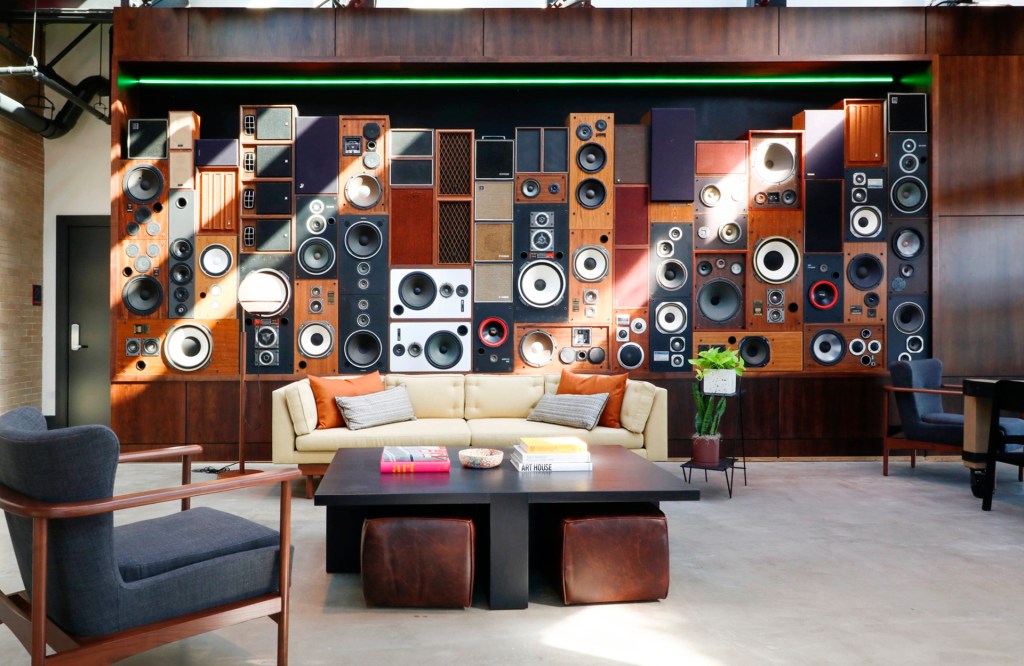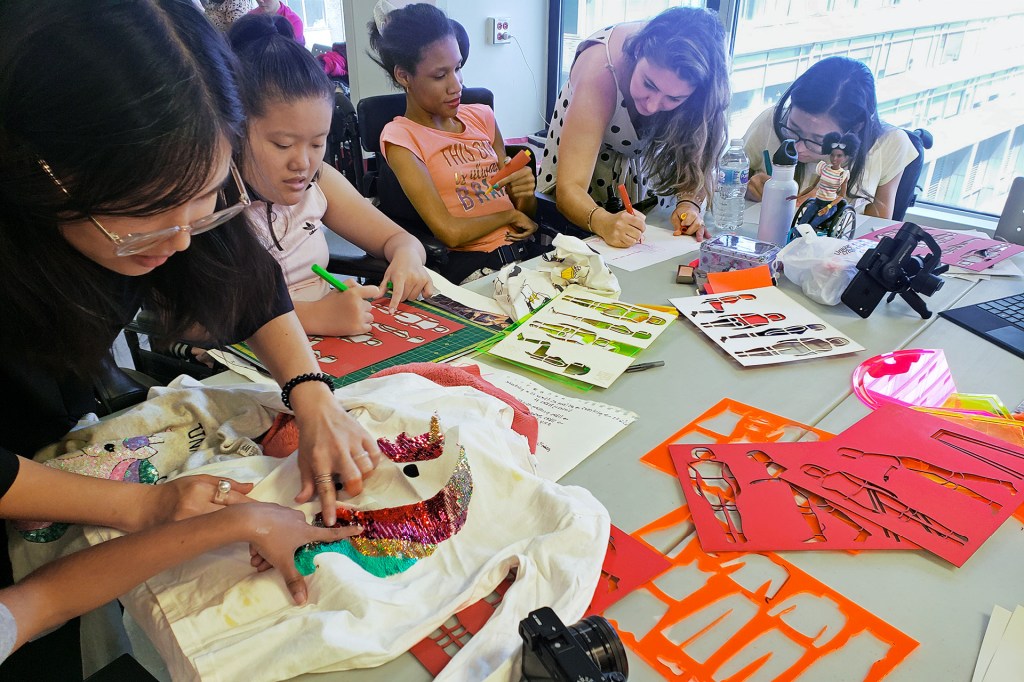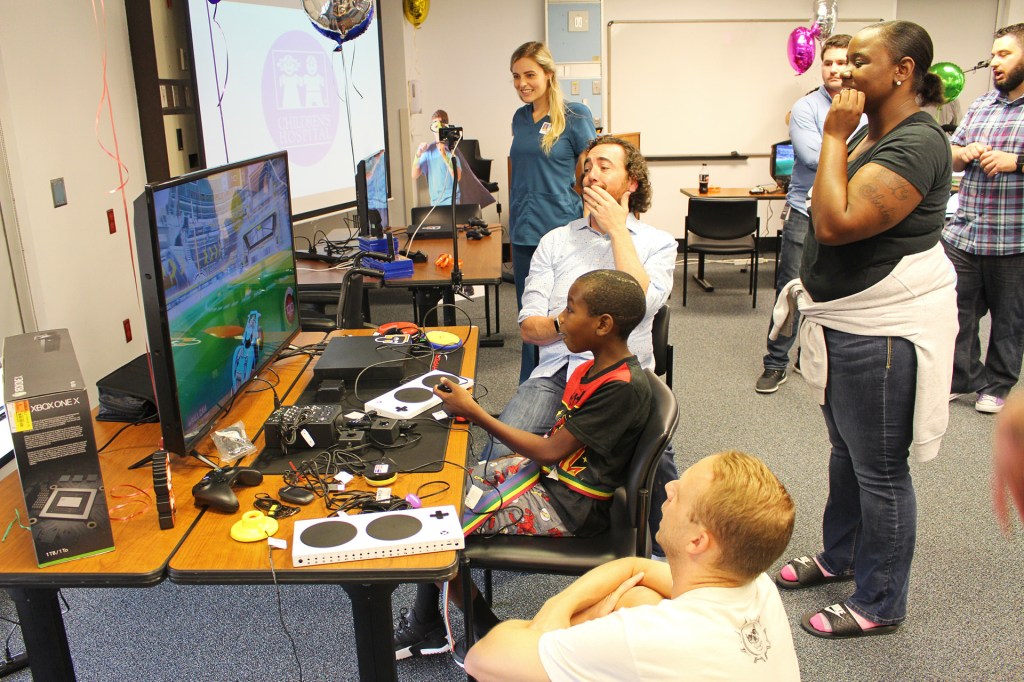Los mejores inventos de 2016
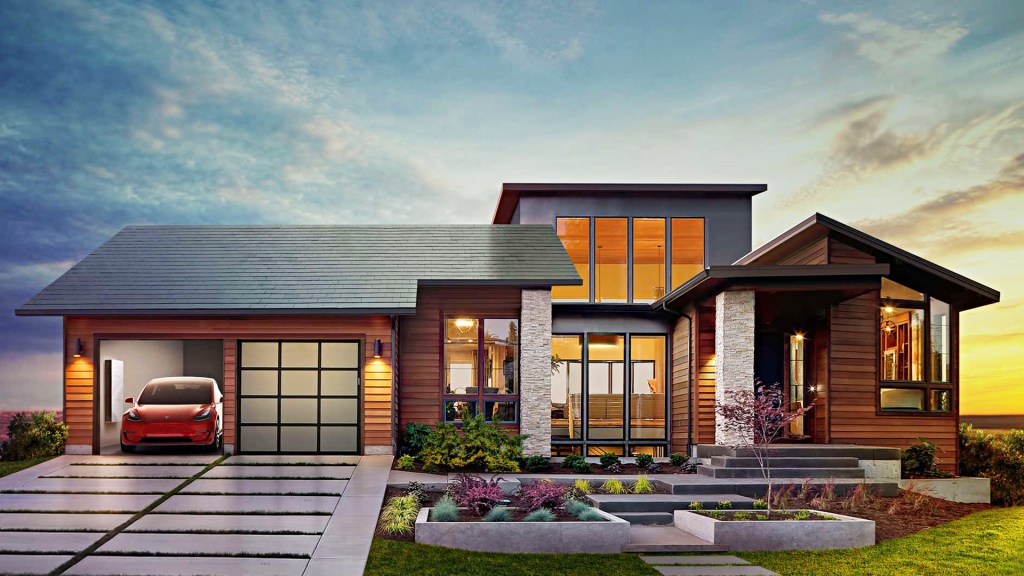
Estos son algunos inventos geniales de 2016
¿Cómo se verá el futuro? Puedes dar un vistazo al mirar los últimos inventos. Estos artículos fueron creados para resolver problemas, facilitar la vida o solo por diversión.
Cada año, los editores de TIME hacen una lista de los mejores inventos del año pasado. Eligen sus 25 favoritos. Aquí, TFK presenta las 12 innovaciones que nos llenaron de excitación.
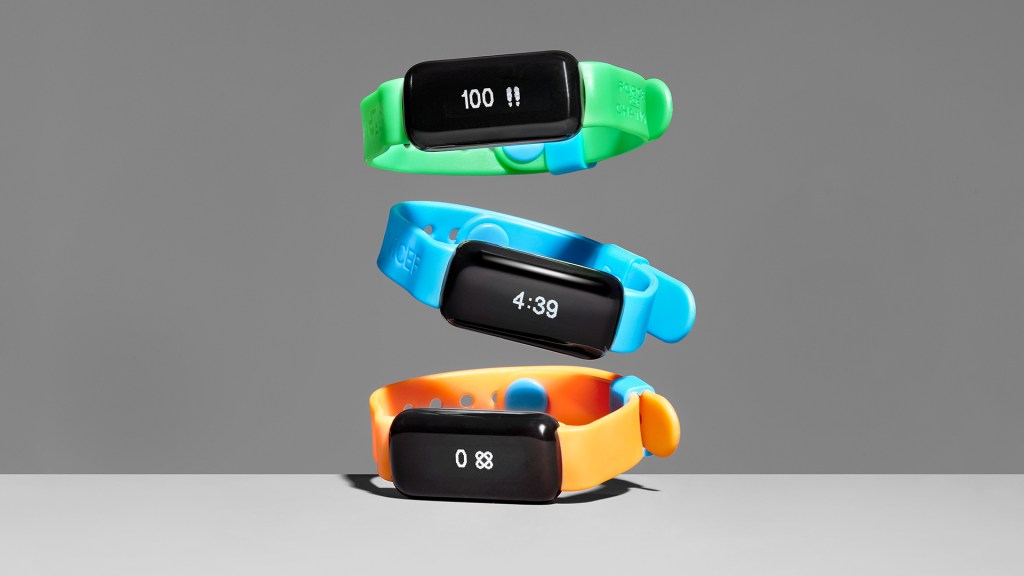
Band Aid: One in four U.S. kids doesn’t get enough exercise. One in four kids around the world doesn’t get enough food. UNICEF’s Kid Power Band addresses both problems. The app encourages kids to get active by awarding points for step goals. The points earn food packages that UNICEF sends to hungry children. Users have already walked over 7 million miles to feed more than 30,000 children. The Kid Power Band is priced at $40.
LUCAS ZAREBINSKI FOR TIME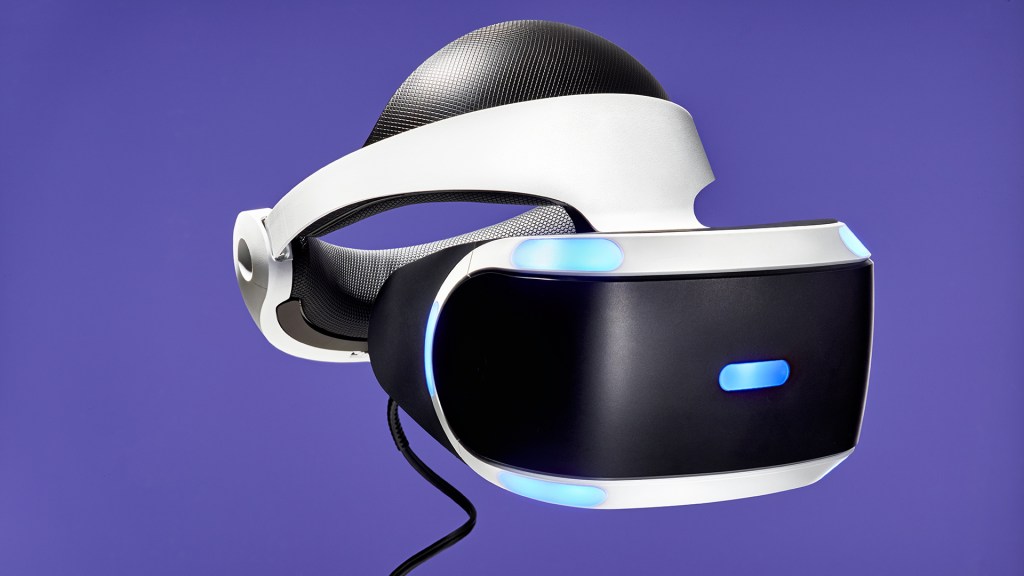
Playing with Your Head: To enjoy the latest virtual reality (VR) technology, people typically have to spend thousands of dollars. That’s not just for a headset. They also need a computer that’s powerful enough to support the headset. Sony’s PlayStation VR headset is designed to work with a console that millions of people already own: the PlayStation 4. Sony engineer Richard Marks says it delivers “the most intense, most extreme” action. The PlayStation VR headset is priced at $400.
LUCAS ZAREBINSKI FOR TIME
Talking Tech: Echo gives users the ability to talk to their tech. Apple’s Siri and Microsoft’s Cortana do that too. But in many ways, Amazon’s version, Alexa, which is built into Echo, is more powerful. Alexa has grown since it was launched in 2014. Today, you can use it to turn on the lights, order a pizza, and more. Echo costs $180. Amazon recently launched a junior version, the $50 Echo Dot.
ILLUSTRATION BY MARTIN GEE FOR TIME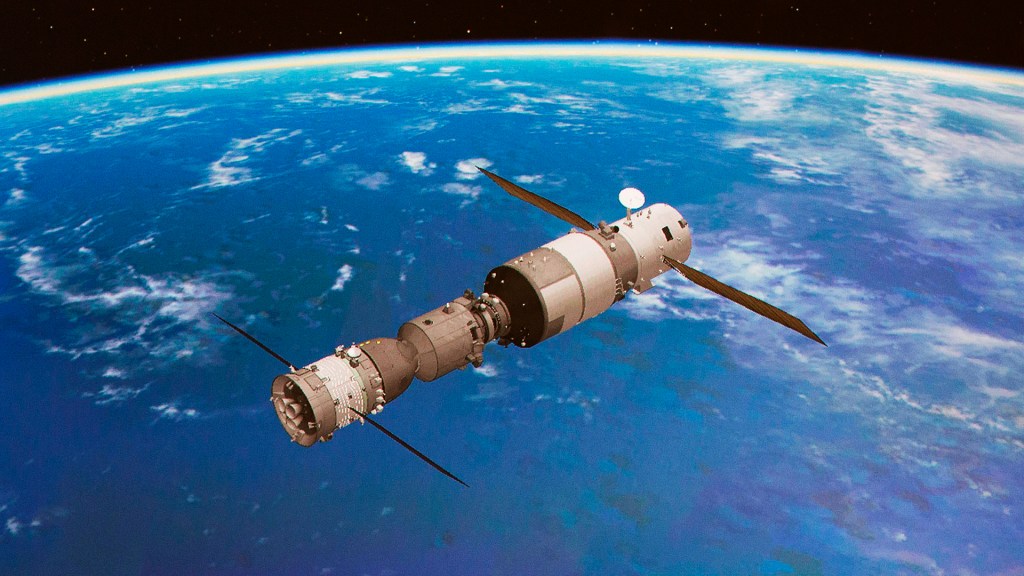
Out of This World: China’s space station Tiangong-2 (Heavenly Palace 2) is more than 34 feet long and nearly 14 feet wide. It includes exercise and medical-experiment areas. The station is tiny compared with the International Space Station (ISS), which is the size of a football field. But Tiangong-2 is still remarkable. China built it on its own; 15 nations, including Russia and the U.S., worked together on the ISS.
GETTY IMAGES
A Special Spud: In sub-Saharan Africa, more than 43 million children under the age of 6 don’t get enough vitamin A, making them more likely to go blind and get sick. Plant scientists from HarvestPlus and the International Potato Center are helping countries grow their own solution, in the form of a better sweet potato. Drought-resistant, vitamin A–rich spuds could help save lives.
BENJAMIN RAKOTOARISOA
Sun Power: People who buy solar panels for their home hope to help the environment and save some money. But they end up with bulky metal boxes on their roof. Tesla, a car company, tackled the problem. The solution is the Solar Roof. It is a series of tiles made to look like traditional roofing material while harnessing the power of the sun. Solar Roof will be available next year. Tesla developed it with SolarCity, a longtime provider of solar panels.
TESLA
Spin and Roll: Goodyear is reinventing the wheel. It introduced its Eagle 360 spherical tire in March. The tires allow cars to move in many directions, including sideways, and at angles to handle slippery surfaces. The key is magnetic levitation. Tires are bolted to cars, but Eagle 360s hover beneath them. They’re meant for self-driving cars that have yet to be built.
ILLUSTRATION BY MARTIN GEE FOR TIME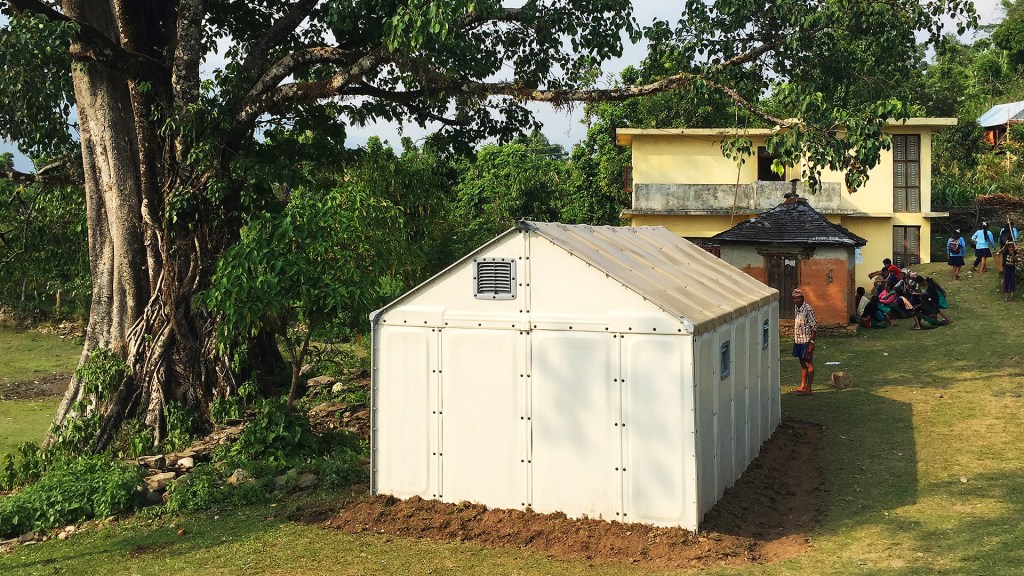
Home Run: Last year, Ikea’s charity foundation helped launch Better Shelter. It is a line of temporary houses. The homes can be shipped flat and can be assembled in under four hours. Now that the U.N. High Commissioner for Refugees has helped send more than 16,000 Better Shelters around the world, they are taking on bigger roles. Aid agencies are turning the shelters into hospitals, child-care centers, and more.
BETTER SHELTER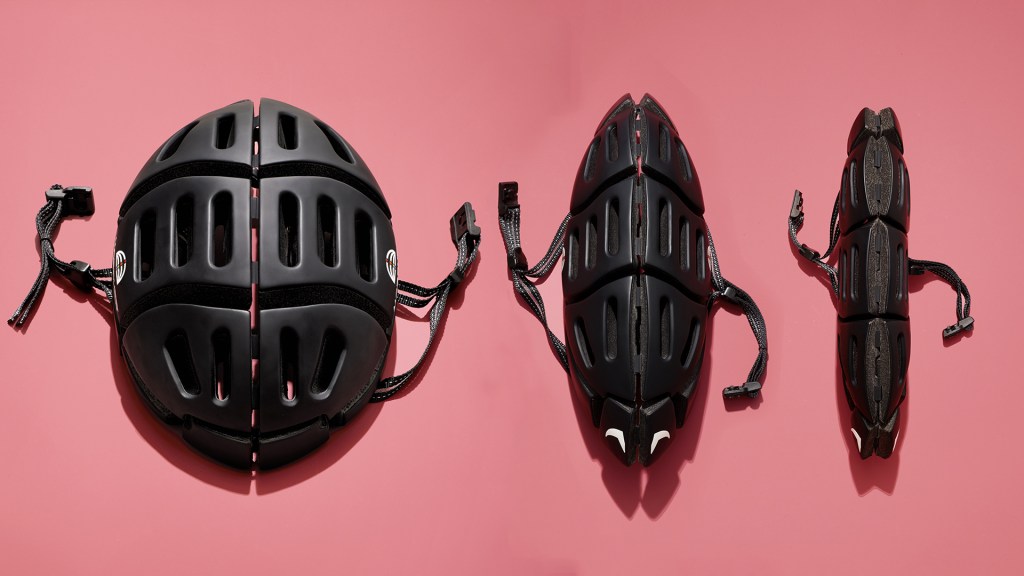
Cycle Safety: Jeff Woolf had a serious bike crash. If he hadn’t been wearing his helmet, he would have been badly hurt. He wondered why so many riders didn’t wear helmets. Turns out it was mostly because helmets were bulky and hard to carry around. Woolf, an engineer, came up with Morpher. The helmet is made from interwoven plastics. It is strong, but it’s also flexible enough to fold almost totally flat. That makes it easy to carry. Morpher is priced at $119.
LUCAS ZAREBINSKI FOR TIME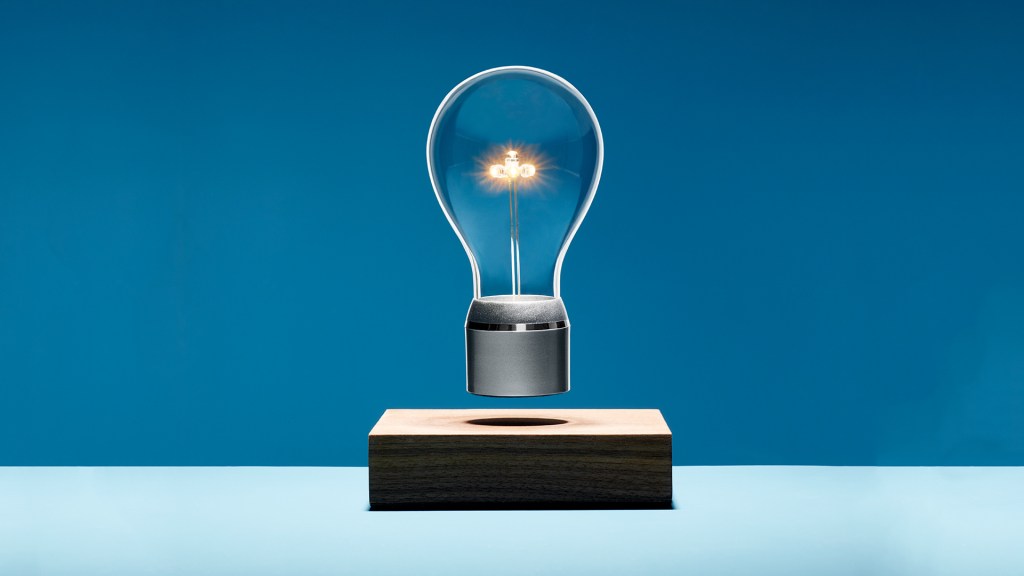
Light Up!: Ever since he was a child, Simon Morris has wanted to make objects float in midair. Now he’s invented Flyte. It’s a lightbulb that levitates and spins. It uses electromagnetism— a magnetic field produced by a current of electricity. Flyte uses an innovative process to shine brightly. Energy is sent to the bulb wirelessly. Morris says he sees his design as a blend of science and art. Flyte officially launched in January. It sells for $349.
LUCAS ZAREBINSKI FOR TIME
Built for Play: Most prostheses, or artificial body parts, are not much more than tools to replace a missing limb. That’s fine for adults, who need to work. But it can be tough on kids, who want to play with their friends. Enter Iko, a prosthetic arm built by Carlos Arturo Torres. It’s designed to let children replace a lost limb with one that could have come from Inspector Gadget. They can replace the hand with different toylike attachments that can be used with Lego products. (Torres developed Iko while working for Lego.)
LUCAS ZAREBINSKI FOR TIME
Playing Fields: The Khlong Toei District, in Bangkok, Thailand, is packed tight. There’s little room for parks, let alone big rectangular fields where kids can play soccer. Real-estate firm AP Thailand used aerial photography to find unusually shaped patches of unused land. Then it covered the areas with concrete, paint, and anti-slip materials. Now the areas have all the features of a proper sports field, without the typical boundaries. Two fields opened earlier this year.
AP THAILAND




